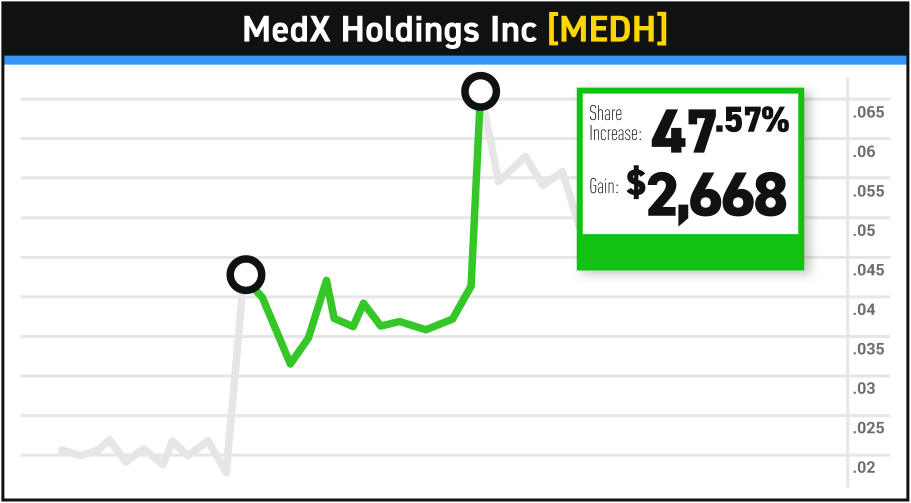Bryce here.
Finding the balance in your position sizes is one of the tougher things to do in trading — and it’s one of the easier ways to sink your account.
When the markets are hot and all your trades hit, playing with too small a size means leaving profits on the table.
But when the world’s burning and nothing’s going right, you don’t want to stake too much of your account on any one trade.
It took me a long time to nail down the perfect size. And it’s something that changes as the markets shift.
Today, I want to discuss why position size matters and the best way to find the right balance for your account.
Why Position Size Matters
Back in 2014, trading legend Tim Grittani lost $290,000 on a single trade. Crazy, right?
Of course, you have to keep that number in perspective … He had made over $2 million trading by that point. But it was still a healthy blow to his account.
It just goes to show that you will make mistakes, no matter how experienced you are. Don’t ever think you’re mistake-proof. A certain level of success doesn’t guarantee error-free trading.
If you feel confident that you’ve nailed down a consistent and effective process, start sizing up slowly and see if that equals more gains. That’s exactly what I did in my early trading days.
It was the safer route … I didn’t want to put too much of my account at stake while I was learning.
As my wins started racking up, I began to size up. It helped that the market went bananas and the patterns I knew were so easy to spot…
From there, my growth was exponential.
But lately, it’s tougher to find the patterns I’m comfortable trading, so I’m sizing down.
My process is more refined. I’m focusing on fewer trades and smaller risk. This allows me to find the absolute best plays…
But if they don’t work, I’m losing less money and gaining valuable lessons for future trading.
In volatile markets like this, limiting risks can save you a lot of money and heartache.
Finding the Right Balance
In May 2020, I dug my heels in and started learning new patterns to trade. The volatile market was the best teacher I could ask for.
Since I was learning, though, I wanted to keep my risk small. So I limited my risk to $2 per trade.
By the end of that month, I made $87! You can laugh, but it was my first-ever profitable month, and nothing beats that feeling.
In June, I upped my risk to $10 per trade. In July, it was $25.
I kept increasing it as I became more comfortable. By the beginning of 2021, I had netted $100,000 in trading profits.
Trading is about the process more than anything. To me, there’s not a huge difference between risking $2 a trade and $200 a trade. The process is the same.
More is on the line for me now. But I’m comfortable with my risk/reward ratio — and know exactly what I want out of a trade.
When the Opportunity’s Right
Once you feel comfortable with your sizing, you may want to start venturing out with what you trade.
There’s a Tim Sykes pattern that has made him a KILLING — and he wants you to know about it.
Sound interesting? Claim your FREE seat at this reveal while you still can.
See you there!
Conclusion
It’s really tempting to want to size up when you’re feeling hot. And in some circumstances, that’s what you should do…
But you have to be careful. There will always be good trading opportunities, but you can’t take advantage of them if you blow up your account.
It may seem obvious, but it’s better to take a bunch of small wins than a bunch of huge losses. No one ever got hurt taking a profit, but a lot of people get hurt going too big on a position.
And at the same time, a lot of people probably regret not sizing up earlier. If the market’s hot and your patterns are working, how small and safe do you need to play it?
Take your time and experiment. Trade small and move up from there. You’ll thank yourself down the line when your account’s still intact.

